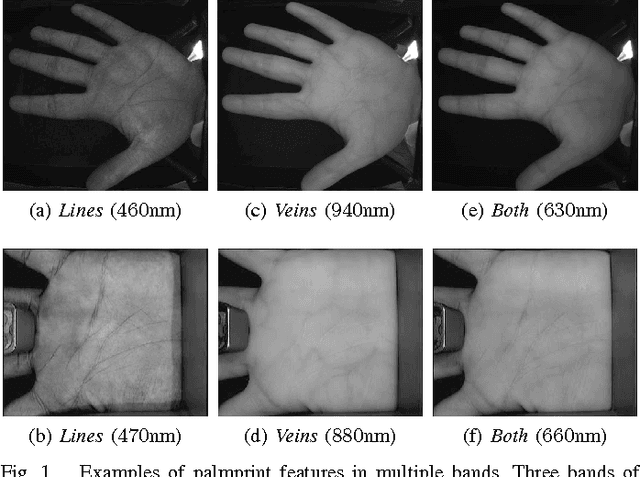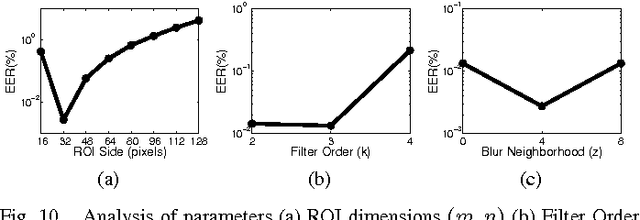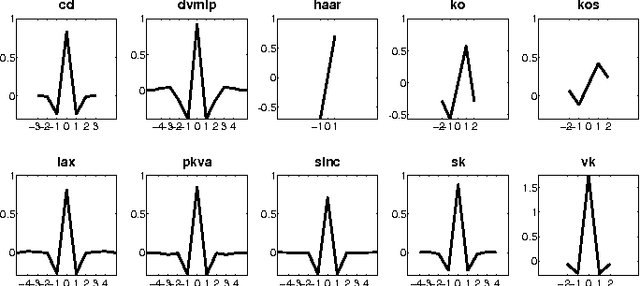Zohaib Khan
Scaling Truth: The Confidence Paradox in AI Fact-Checking
Sep 10, 2025Abstract:The rise of misinformation underscores the need for scalable and reliable fact-checking solutions. Large language models (LLMs) hold promise in automating fact verification, yet their effectiveness across global contexts remains uncertain. We systematically evaluate nine established LLMs across multiple categories (open/closed-source, multiple sizes, diverse architectures, reasoning-based) using 5,000 claims previously assessed by 174 professional fact-checking organizations across 47 languages. Our methodology tests model generalizability on claims postdating training cutoffs and four prompting strategies mirroring both citizen and professional fact-checker interactions, with over 240,000 human annotations as ground truth. Findings reveal a concerning pattern resembling the Dunning-Kruger effect: smaller, accessible models show high confidence despite lower accuracy, while larger models demonstrate higher accuracy but lower confidence. This risks systemic bias in information verification, as resource-constrained organizations typically use smaller models. Performance gaps are most pronounced for non-English languages and claims originating from the Global South, threatening to widen existing information inequalities. These results establish a multilingual benchmark for future research and provide an evidence base for policy aimed at ensuring equitable access to trustworthy, AI-assisted fact-checking.
With a Grain of SALT: Are LLMs Fair Across Social Dimensions?
Oct 16, 2024



Abstract:This paper presents an analysis of biases in open-source Large Language Models (LLMs) across various genders, religions, and races. We introduce a methodology for generating a bias detection dataset using seven bias triggers: General Debate, Positioned Debate, Career Advice, Story Generation, Problem-Solving, Cover-Letter Writing, and CV Generation. We use GPT-4o to generate a diverse set of prompts for each trigger across various genders, religious and racial groups. We evaluate models from Llama and Gemma family on the generated dataset. We anonymise the LLM-generated text associated with each group using GPT-4o-mini and do a pairwise comparison using GPT-4o-as-a-Judge. To quantify bias in the LLM-generated text we use the number of wins and losses in the pairwise comparison. Our analysis spans three languages, English, German, and Arabic to explore how language influences bias manifestation. Our findings reveal that LLMs exhibit strong polarization toward certain groups across each category, with a notable consistency observed across models. However, when switching languages, variations and anomalies emerge, often attributable to cultural cues and contextual differences.
Beyond Uniform Query Distribution: Key-Driven Grouped Query Attention
Aug 15, 2024Abstract:The Transformer architecture has revolutionized deep learning through its Self-Attention mechanism, which effectively captures contextual information. However, the memory footprint of Self-Attention presents significant challenges for long-sequence tasks. Grouped Query Attention (GQA) addresses this issue by grouping queries and mean-pooling the corresponding key-value heads - reducing the number of overall parameters and memory requirements in a flexible manner without adversely compromising model accuracy. In this work, we introduce enhancements to GQA, focusing on two novel approaches that deviate from the static nature of grouping: Key-Distributed GQA (KDGQA) and Dynamic Key-Distributed GQA (DGQA), which leverage information from the norms of the key heads to inform query allocation. Specifically, KDGQA looks at the ratios of the norms of the key heads during each forward pass, while DGQA examines the ratios of the norms as they evolve through training. Additionally, we present Perturbed GQA (PGQA) as a case-study, which introduces variability in (static) group formation via subtracting noise from the attention maps. Our experiments with up-trained Vision Transformers, for Image Classification on datasets such as CIFAR-10, CIFAR-100, Food101, and Tiny ImageNet, demonstrate the promise of these variants in improving upon the original GQA through more informed and adaptive grouping mechanisms: specifically ViT-L experiences accuracy gains of up to 8% when utilizing DGQA in comparison to GQA and other variants. We further analyze the impact of the number of Key-Value Heads on performance, underscoring the importance of utilizing query-key affinities.
Converting a Common Document Scanner to a Multispectral Scanner
Apr 17, 2019



Abstract:We propose the construction of a prototype scanner designed to capture multispectral images of documents. A standard sheet-feed scanner is modified by disconnecting its internal light source and connecting an external multispectral light source comprising of narrow band light emitting diodes (LED). A document is scanned by illuminating the scanner light guide successively with different LEDs and capturing a scan of the document. The system is portable and can be used for potential applications in verification of questioned documents, cheques, receipts and bank notes.
Hyperspectral Imaging and Analysis for Sparse Reconstruction and Recognition
Jul 29, 2014



Abstract:This thesis proposes spatio-spectral techniques for hyperspectral image analysis. Adaptive spatio-spectral support and variable exposure hyperspectral imaging is demonstrated to improve spectral reflectance recovery from hyperspectral images. Novel spectral dimensionality reduction techniques have been proposed from the perspective of spectral only and spatio-spectral information preservation. It was found that the joint sparse and joint group sparse hyperspectral image models achieve lower reconstruction error and higher recognition accuracy using only a small subset of bands. Hyperspectral image databases have been developed and made publicly available for further research in compressed hyperspectral imaging, forensic document analysis and spectral reflectance recovery.
Multispectral Palmprint Encoding and Recognition
Feb 06, 2014



Abstract:Palmprints are emerging as a new entity in multi-modal biometrics for human identification and verification. Multispectral palmprint images captured in the visible and infrared spectrum not only contain the wrinkles and ridge structure of a palm, but also the underlying pattern of veins; making them a highly discriminating biometric identifier. In this paper, we propose a feature encoding scheme for robust and highly accurate representation and matching of multispectral palmprints. To facilitate compact storage of the feature, we design a binary hash table structure that allows for efficient matching in large databases. Comprehensive experiments for both identification and verification scenarios are performed on two public datasets -- one captured with a contact-based sensor (PolyU dataset), and the other with a contact-free sensor (CASIA dataset). Recognition results in various experimental setups show that the proposed method consistently outperforms existing state-of-the-art methods. Error rates achieved by our method (0.003% on PolyU and 0.2% on CASIA) are the lowest reported in literature on both dataset and clearly indicate the viability of palmprint as a reliable and promising biometric. All source codes are publicly available.
 Add to Chrome
Add to Chrome Add to Firefox
Add to Firefox Add to Edge
Add to Edge